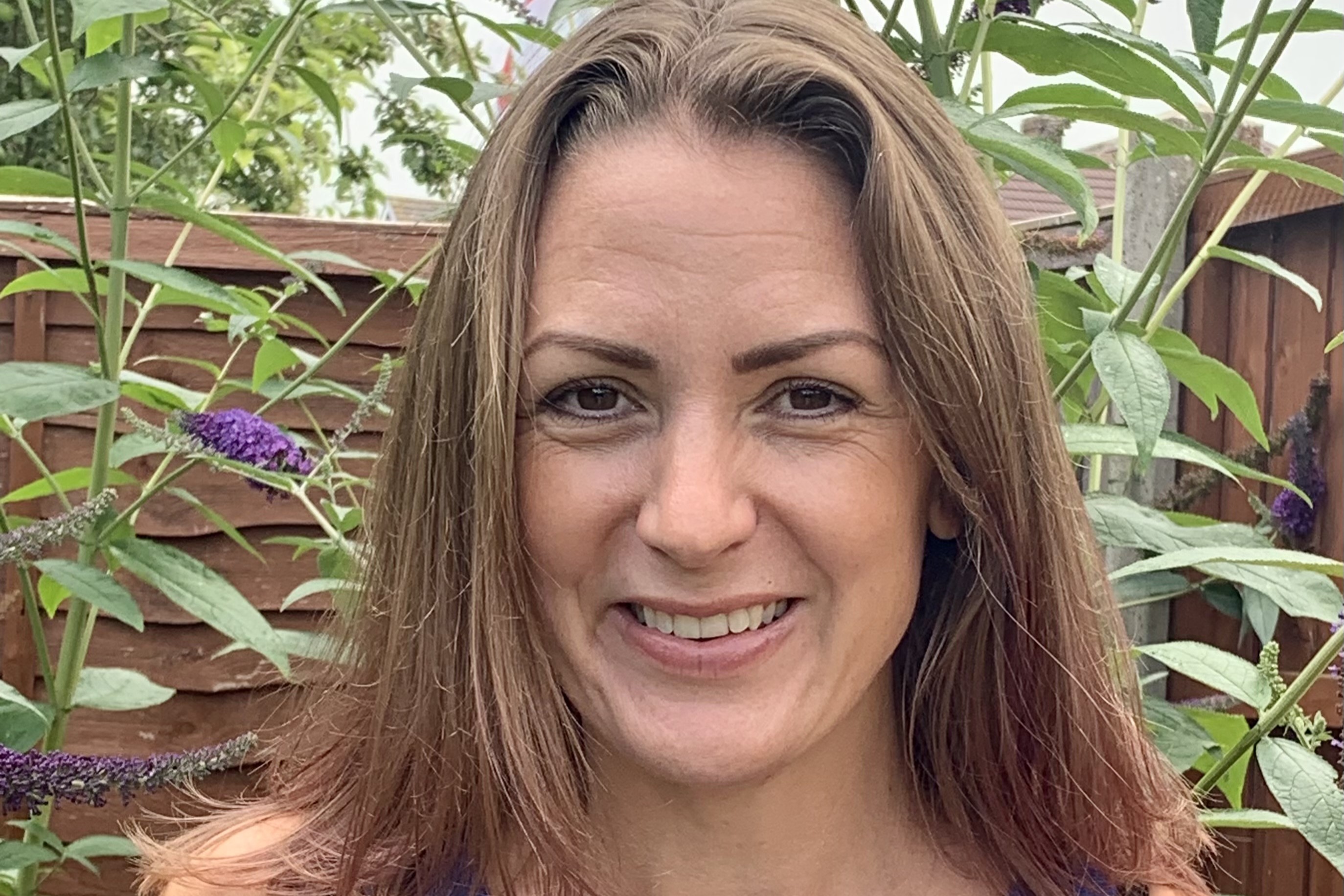
On a high after sensational summit
Caroline Roodhouse, Internal Communications Consultant at Alive with Ideas shares her reflections on the CIPR Inside Summit.
The CIPR Inside Summit was one of those conferences you simply shouldn’t miss.
The 22 speakers talked about the meatier issues we’re all facing as comms pros, offering plenty of practical solutions and thought-provoking conversation.
My typing fingers needed a short holiday after capturing all that insight! Digits suitable rested, I’ve been studiously summarising my CPD submission to bag my ten points. Here are a few of the moments that stood out most for me...
Helping employees feel more valued, included and engaged
Listening legends Dr Kevin Ruck, Mike Pounsford and Howard Krais shared some of the findings from the research for their book, Leading the Listening Organisation.
Their key message was this: to be effective, organisations must have ongoing systems for listening, embedded into day-to-day IC activities and plans. They added that, above anyone else, including line managers, it is leaders who set the listening example. So we need to make sure they are good at it! Comms pros can help by coaching them on these core leadership listening capabilities:
Compassion: responding to employees’ needs, ensuring they feel safe to speak up / ask questions.
Openness: recognising they don’t have all the answers and understanding that listening to others helps them make better decisions.
Responsiveness: reacting appropriately, considerately and in a timely way.
Empathy: being ‘human’, regarding employees as the number one ‘stakeholder’.
Getting more creative with your campaigns
On the subject of listening, David Manning, Culture Change and Communications Lead at Curry’s talked about how they built opportunities into their campaigns by factoring in regular listening sessions that shaped the campaign’s direction. He explained how they publicly and proactively ‘pivoted’ to demonstrate how the feedback from those sessions was shifting the campaign, proving the vital importance of employees’ thoughts and opinions.
Freshening up the format of your town hall events
Shalini Gupta, Internal Communications lead at Arup shared how her and her team have been prioritising listening too. They identified an opportunity to give employee voice a prominent platform by transforming the format of their quarterly town halls. Rather than inviting a panel of senior leaders to address attendees, they flipped the format, switching to a group of employees who talked passionately about how they contribute to the organisation’s success. This proved to be a powerful way to demonstrate Arup's value in people and the positions they hold.
Connecting employees more closely with your organisation’s purpose
The subject of purpose got plenty of airtime too. Senior people and culture communications professional Christina Fee, spoke about how, with so much change and uncertainty, some organisations lack a clear purpose for employees to connect with.
By shaping the company narrative IC can help to clarify that purpose, and act as invaluable allies to leaders and managers, but only if we gain the right depth of knowledge and understanding. Some of the things we can do to achieve this include:
Ask lots of questions to understand your org’s strategy and business plan
Recognise and raise challenges and hotspots
Showcase the pivotal roles of key teams
Stand in the shoes of our audiences to understand and represent their perspective
Ensure your values are fit for purpose by gathering insights from employees and redefining them where necessary
Coach leaders and managers on how to connect personally with those values
Using values to create meaning and motivation
On that subject, Dr Jackie Le Fèvre explained that we need to acknowledge the ‘internal spam filters’ residing in the minds of employees which turf out all the noise they don’t want or need. The data they take in gets concentrated down in terms of ‘what does it mean to me’.
When we come together in groups, as employees do, we find common ground and mutually significant values. As IC experts, we need to act as sense makers and meaning builders, not just message translators and help people to make relatable connections between our organisational values and those common ones that bring people together.
Presenting your comms plan on just one page
When it comes to planning all this out, Jo Rozsich, Head of Comms at Crown Commercial Service explained how we can remain focused by asking about the problem we need to solve, what success looks like and how we’ll know when we’ve got there. Jo went on to present the OASIS planning model, which is an ideal framework for condensing comms plans down to one single page.
Objectives – Made SMART by applying the answers to the questions above.
Audience – Who are they? Where are they? How are they segmented?
Strategy – What will we do, what channels will we use, what are the key messages? Implementation – How we’re going to do it and when? Highlight key dates and deliverables.
Scoring - Summarise how you’ll monitor outputs, outtakes and outcomes throughout your campaign and evaluate them once it’s complete.
In summary
I’ll end where the day began: with Stephen Waddington sharing the statistic that 4 out of 5 IC functions aren’t operating at their full potential.
We can unlock that potential by addressing two fundamental areas. Firstly we need to align our work with our organisation’s objectives in a way that management understands. And secondly, we must improve our own expertise through learning, development and education to ensure we have the skills and credibility to influence management and change.
And what better way to do that than with conferences like this one, that leave you suitably informed, inspired and energized!